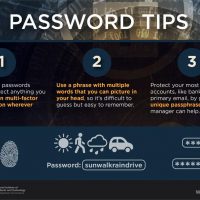Top 10 Ways to Prepare for a PCI QSA Onsite Assessment
Your company is required to have a full Payment Card Industry (PCI) Qualified Security Assessor (QSA) Onsite Assessment that will produce a Report on Compliance (RoC) for you to provide to your acquirer. Maybe you’re a Level 1 merchant, maybe you’ve been classified as a high risk merchant due to transaction size, maybe you’ve had […]










